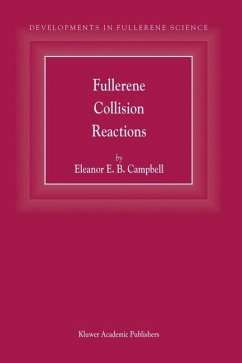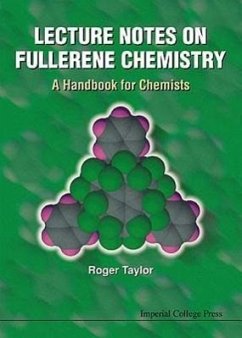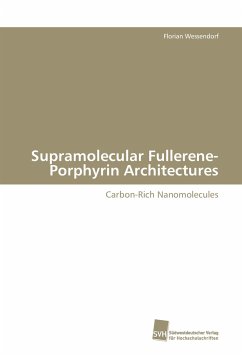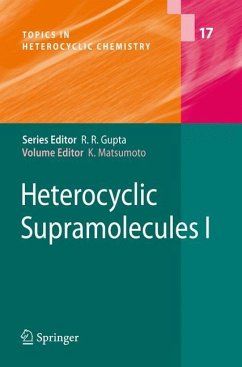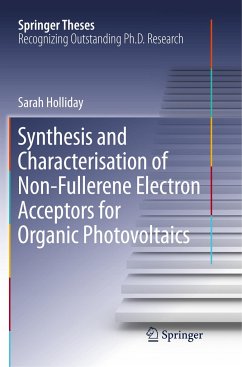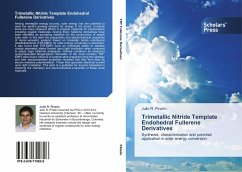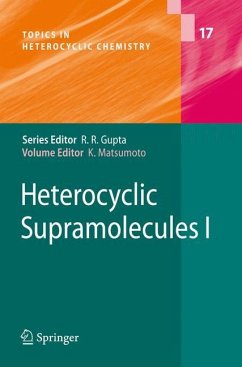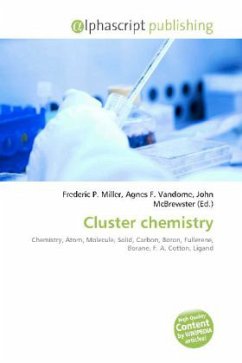
Cluster chemistry
Versandkostenfrei!
Versandfertig in 6-10 Tagen
32,99 €
inkl. MwSt.

PAYBACK Punkte
16 °P sammeln!
Please note that the content of this book primarily consists of articles available from Wikipedia or other free sources online. In chemistry, a cluster is an ensemble of bound atoms intermediate in size between a molecule and a bulk solid. Clusters exist of diverse stoichiometries and nuclearities. For example, carbon and boron atoms form fullerene and borane clusters, respectively. Transition metals and main group elements form especially robust clusters. The phrase cluster was coined by F.A. Cotton in the early 1960s to refer to compounds containing metal metal bonds. In another definition a...
Please note that the content of this book primarily consists of articles available from Wikipedia or other free sources online. In chemistry, a cluster is an ensemble of bound atoms intermediate in size between a molecule and a bulk solid. Clusters exist of diverse stoichiometries and nuclearities. For example, carbon and boron atoms form fullerene and borane clusters, respectively. Transition metals and main group elements form especially robust clusters. The phrase cluster was coined by F.A. Cotton in the early 1960s to refer to compounds containing metal metal bonds. In another definition a cluster compound contains a group of two or more metal atoms where direct and substantial metal metal bonding is present. The prefixed terms nuclear and metallic are used and imply different meanings. For example, polynuclear refers to a cluster with more than one metal atom, regardless of the elemental identities. Heteronuclear refers to a cluster with at least two different metal elements. The main cluster types are "naked" clusters (without stabilizing ligands) and those with ligands. Typical ligands that stabilize clusters include carbon monoxide, halides, isocyanides, alkenes, and hydrides.



